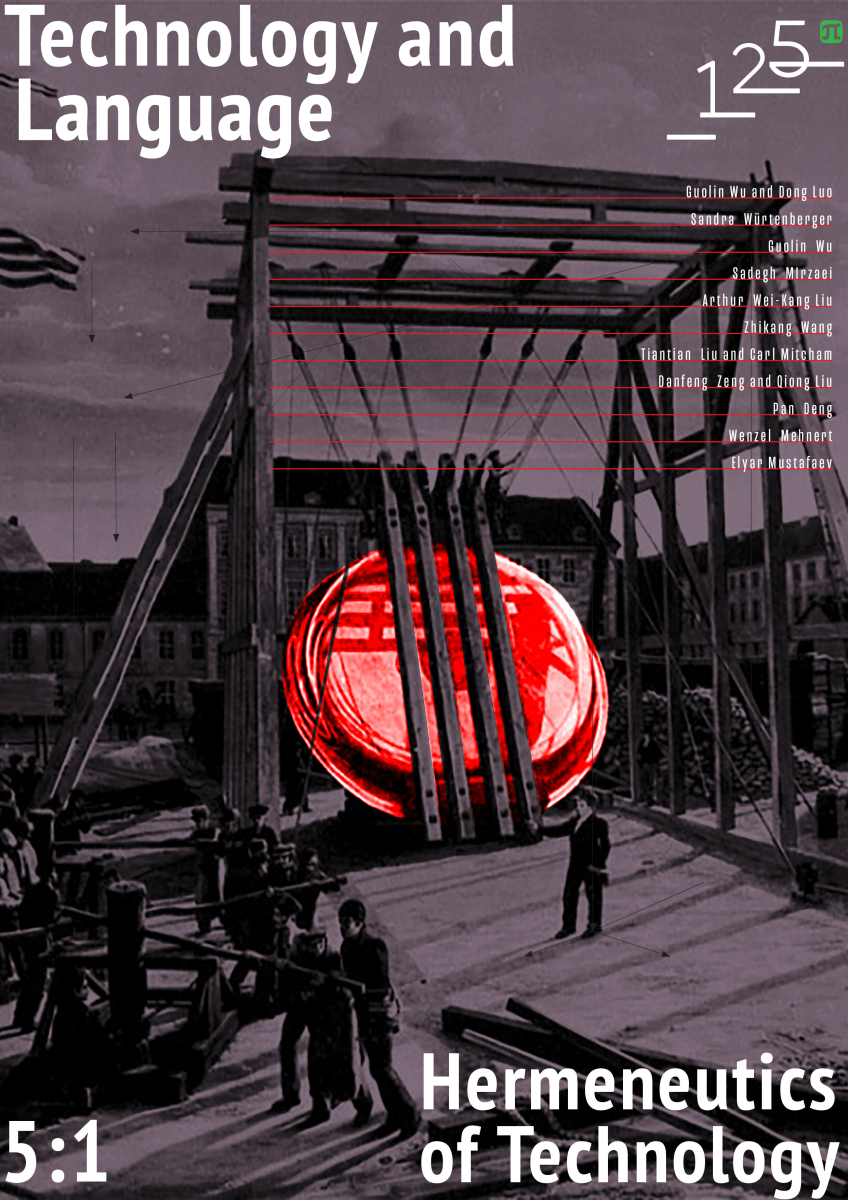Modeling Methods in Forensic Engineering and Technical Expertise: Artificial Languages of Modeling in Forensics
In forensic science, graphic, mathematical and computer models are often used for technical reconstructions and the provision, for example, of fire-technical expertise. In the field of forensic safety, simulations are used to determine the causes of accidents and whether it was possible to prevent them. Here alternative computer models produce likely versions of the incident and the possible causes of hardware failure. To the extent that these alternatives rely on certain physical laws and initial data, they offer alternatives languages to represent incidents. An example of this is provided by zone and field modeling of a fire with their varying degrees of complexity, accuracy and reliance on background assumptions. Zone models are based on mathematical relations from empirical observations, such as the stratification of fluid zones. They offer a relatively broad view of mass and energy exchanges in an enclosure. The fire is described by heat and mass release rates. After discretization, the system‘s two-equation closure for turbulence that constitutes the core of a zone model is solved by way of computing resources. The time evolution of the different variables in a given zone and the flows of energy and mass between two adjacent zones are then calculated. Field models are based on fundamentals of fluid mechanics and represent the application of Computational Fluid Dynamics (CFD) to fire scenarios. The environment is divided into a large number of small cells whose size must be related to the combination of geometric complexity, time discretization and the magnitude of flows passing through opposing faces of the cell. On the basis of this mesh, the fluid flows induced by a fire are calculated by applying the basic equations of fluid dynamics. Consequently, the data that are obtained from these zone and fields models of fire differ in nature, quality and quantity. Moreover, the integration of other heat transfer mechanisms requires the set up of a parallel application of sub-models that interact with the core model. Further sub-models must be integrated to take account of other phenomena that cannot be correctly represented by the core model, such as turbulence. It is evident that despite the use of formulas from fundamental physics, this does not mean that the models will fully reflect reality. Especially computer modeling is in demand in situations of uncertainty. It enables the construction not only of models of specific objects and incidents, but also a model of criminal phenomena in general. There are both local models of urban crime based on historical, geographic, demographic data and information from social networks, as well as universal systems of Agent modeling of criminal behavior. However, at the moment, the use of artificial intelligence for modeling in the field of forensic science is limited due to the lack of clarity in the process of building the model.



